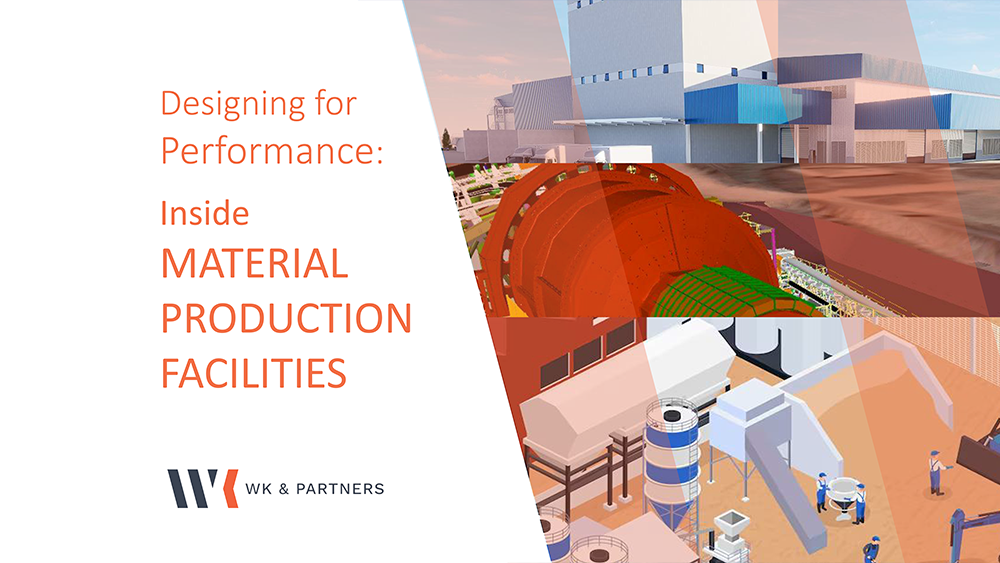
Material Production Factories — such as those producing adhesives, coatings, sealants, and other construction materials — play a vital role in supporting Malaysia’s industrial growth. These facilities are more than just manufacturing spaces; they are process-driven environments that require careful design to ensure efficiency, safety, and sustainability.
Built Around the Process
In material production, design starts with the process flow.
Every part of the layout — from raw material storage to mixing, packaging, and distribution — must support smooth, safe, and controlled operations.
Key considerations include:
💡Clear zoning between chemical and non-chemical areas
💡Efficient material flow to reduce handling and contamination risk
💡Proper ventilation and exhaust systems
💡Compliance with industrial and environmental regulations
Safety and Environmental Responsibility
Chemical-based production demands extra attention to fire protection, chemical containment, and worker safety.
Modern factories integrate:
💡Fire-resistant structures and separation zones
💡Spill control systems and containment areas
💡Proper ventilation and explosion-proof systems in hazardous zones
💡Sustainable waste and water management practices
By addressing these factors early in design, material factories can achieve both operational safety and regulatory compliance.
Designing for Efficiency and Sustainability
Sustainability is now a major driver in industrial design.
Factories that produce building materials are increasingly integrating:
💡Energy-efficient systems (LED lighting, optimized HVAC)
💡Natural lighting and ventilation where possible
💡Green Building materials in construction
💡Process optimization to reduce emissions and waste
These elements not only help the environment but also lower long-term operating costs — a win-win for both manufacturers and the planet.
The Future of Material Production in Malaysia
As Malaysia continues to strengthen its position as a regional hub for industrial materials and construction products, new factories are being built to meet global standards of quality, safety, and sustainability.
Designing these spaces is about balancing technical requirements with practicality — ensuring the building supports both people and production processes for years to come.


